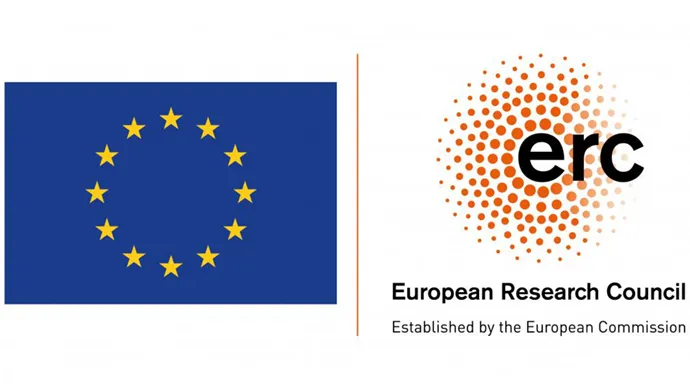Objectives
We propose to harness new concepts and tools from diverse research fields to map and manipulate sleep oscillations to reveal their role in healthy cognitive development. To achieve this, we are launching an ambitious program bridging neurodevelopment biology, systems neuroscience and sleep research. Because of our interdisciplinary approach, our team is in the unique position to pioneer breakthrough in vivo recordings and optogenetics in rat pups. We plan to record and decode neural activity from multiple brain areas, while automatically scoring sleep in freely behaving pups, to elucidate the computational mechanisms at play during developmental sleep.
We will combine high density recordings with recent advances in viral, molecular and CRIPSR tools to 1) Map and 2) Impair sleep – or associated oscillatory mechanisms, with the aim to reveal their 3) Impact on healthy development. Our ambition is to set the stage for a new line of research in developmental systems neuroscience. We propose to study the emergence of neural computations, infer their roles across the lifespan, and reveal sleep as a prime target for therapeutics in development disorders.
Background
Sleep is essential to all animal life. But why are sleep needs greater in young mammals? Evidence points to a key role in cognitive development. Sleep correlates with brain immaturity, and sleep dysfunctions are frequent comorbidities of neurodevelopment disorders. As screens invade their bedrooms, children are sleeping less and less, and learning disorders are on the rise. This is a growing public health concern.
There is increasing evidence that poor sleep at critical development stages may facilitate the emergence of neural disorders. Yet this is only correlative, but not causal evidence. How does sleep architecture differ in immature brains? Are specific sleep oscillations needed for neural maturation? What type of neural computations do they support? Can sleep dysfunctions directly contribute to social, cognitive or learning impairments? Through SleepCog, we aim to address these still unanswered questions.
Financing
ERC StG 2023 (01.04.2024 - 31.03.2029)
Collaboration
- SINTEF
Funded by the European Union. Views and opinions expressed are however those of the author(s) only and do not necessarily reflect those of the European Union or the European Research Council. Neither the European Union nor the granting authority can be held responsible for them

